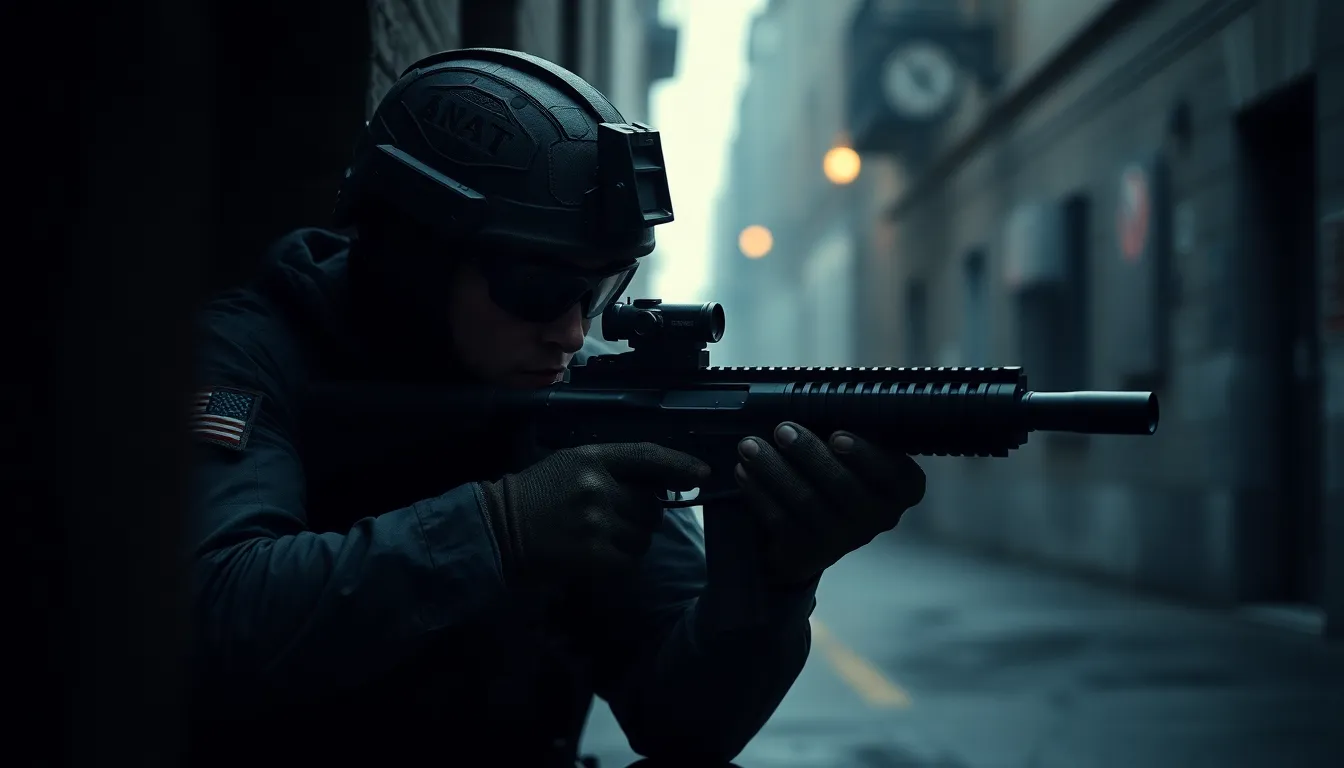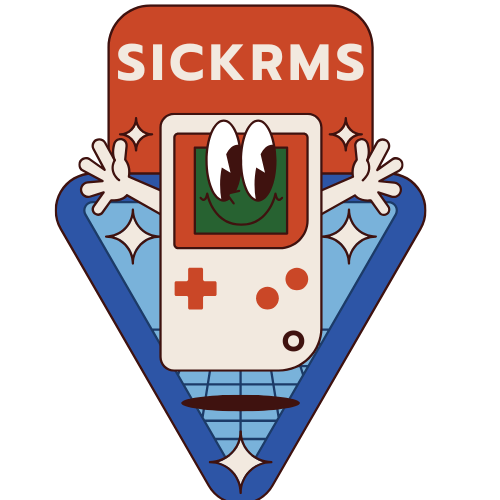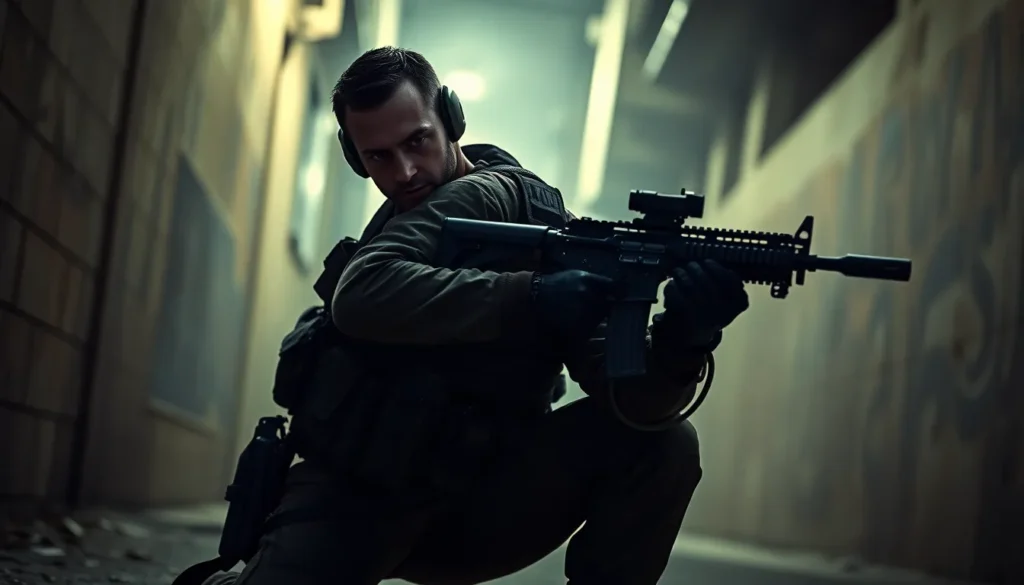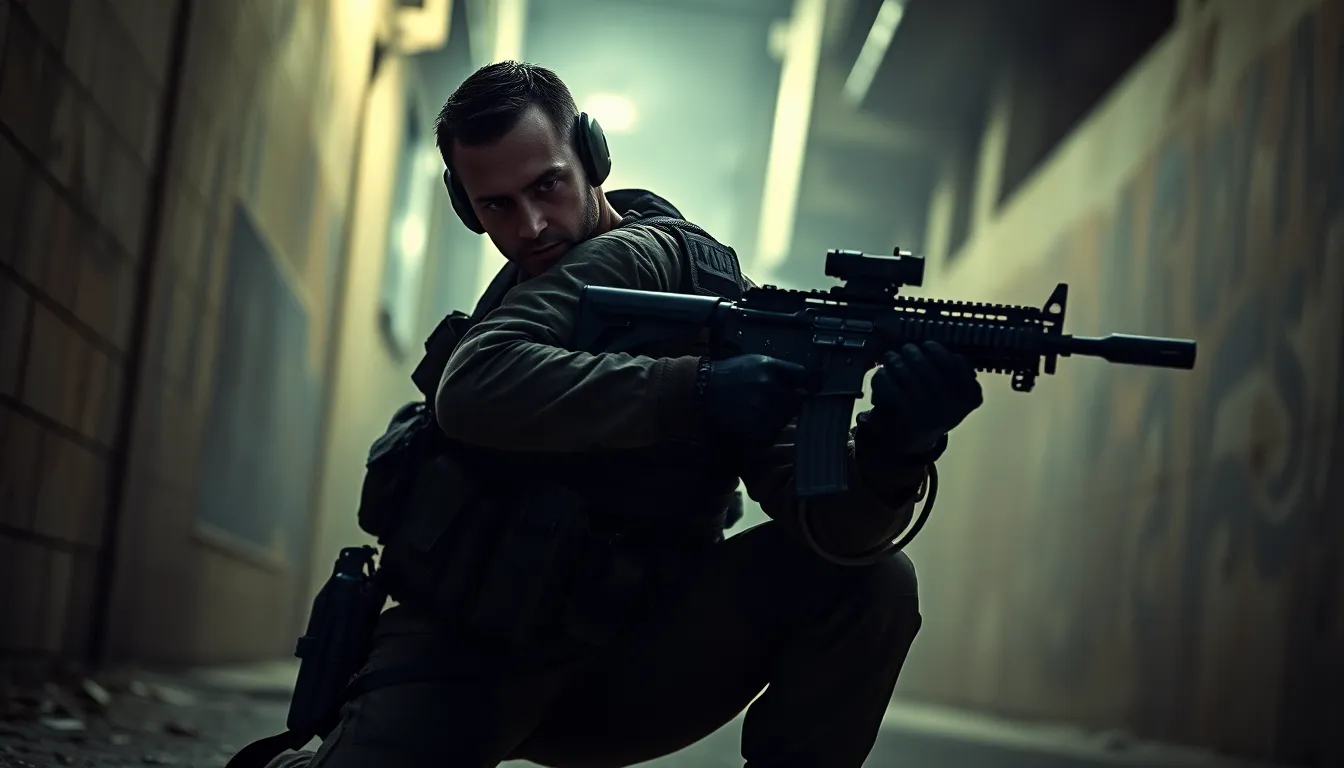In a world where stealth is king and noise is the enemy, mastering the art of stealth takedowns can feel like unlocking a secret level in your favorite video game. Imagine gliding through shadows, taking out foes before they even know what hit them. It’s not just about being sneaky; it’s about turning the tide in your favor with finesse and flair.
Whether you’re a gamer looking to up your strategy or someone curious about tactical approaches, understanding stealth takedown options can elevate your skills to new heights. From the classic silent approach to creative distractions, these techniques are not just effective—they’re downright exhilarating. So, strap in and get ready to explore the world of stealth takedowns, where every move counts and every decision could lead to victory or defeat.
Table of Contents
ToggleOverview of Stealth Takedown Options
Stealth takedowns play a significant role in tactical gameplay, enhancing a player’s skill set. Understanding various options allows for effective execution in stealth scenarios.
Importance in Modern Tactics
Modern tactics emphasize the value of stealth in achieving objectives. Effective stealth takedowns minimize confrontation while maintaining situational awareness. By utilizing environment elements, players can silently navigate and eliminate threats. These strategies promote efficiency, enhancing gameplay experience. The ability to execute a stealthy approach provides a tactical advantage, often determining success or failure.
Historical Context
Historically, stealth tactics have roots in ancient military strategies. Assassins and covert operatives historically utilized stealth for advantage. Techniques evolved through warfare, adapting to technological advancements. Intelligence agencies and special forces further refined these methods. Stealth takedowns remain relevant, influencing both real-world operations and gaming narratives. Understanding this historical context enriches players’ appreciation of tactical stealth gameplay.
Types of Stealth Takedown Options

Various stealth takedown options exist to enhance gameplay and effectiveness in stealth scenarios. These methods leverage innate player skills and available environmental resources.
Silent Weapons
Silent weapons serve as crucial tools for stealth tactics. Players often utilize silencers on firearms to eliminate threats without alerting nearby enemies. Crossbows represent another effective option, delivering silent, lethal projectiles for precision takedowns. Additionally, throwing knives and darts allow for quick, quiet eliminations while maintaining concealment. The use of melee weapons, such as swords or daggers, also supports stealthy approaches. Players can approach targets unnoticed and execute silent assassinations. Overall, these weapons emphasize the importance of noise control when engaging enemies.
Non-Lethal Techniques
Non-lethal techniques offer strategic advantages in stealth gameplay. Players can opt for methods like stunning or incapacitating enemies to avoid fatalities. Tools such as tasers or tranquilizer darts provide effective means for subduing opponents without causing permanent harm. Moreover, grappling hooks or stealthy movement can facilitate bypassing threats altogether. Players often utilize distractions, like noise-making devices, to divert attention while executing quiet takedowns. These approaches allow players to navigate challenges efficiently, demonstrating the versatility of non-lethal methods in stealth scenarios.
Advantages of Stealth Takedown Options
Stealth takedown options offer critical advantages in various tactical scenarios. They enhance effectiveness while protecting operational integrity.
Increased Operational Security
Increased operational security emerges as a key benefit of stealth takedown options. This method reduces the chances of drawing attention from adjacent adversaries. Executing takedowns quietly maintains the element of surprise, which is crucial in tactical engagements. Additionally, stealth tactics allow players to monitor environments without alerting enemies. Using cover effectively creates safe pathways for movement and engagement. Enhanced situational awareness helps prevent potential ambushes or counterattacks, contributing to a safer operational framework.
Minimization of Casualties
Minimization of casualties stands at the forefront of stealth takedown advantages. These techniques focus on neutralizing threats without unnecessary bloodshed. Employing non-lethal tools, such as tranquilizers or stun weapons, ensures adversaries are incapacitated safely. Avoiding open confrontation reduces risks for both operators and civilians. Moreover, employing stealth prevents panic and chaos that can lead to further harm. Adopting a strategy that prioritizes stealth results in cleaner, more efficient engagements that align with operational goals while safeguarding lives.
Disadvantages of Stealth Takedown Options
Stealth takedown options, while often effective, come with several disadvantages that players and operators must consider.
Risk of Detection
Detection remains a primary concern when employing stealth takedowns. Unanticipated movements or noise may alert nearby enemies, compromising the tactic’s effectiveness. Players face a higher likelihood of failure with complex maneuvers. Situational awareness plays a crucial role; any overlooked patrols can lead to disaster. Failing to account for multiple enemies creates a scenario where stealth becomes nearly impossible. Adverse environmental conditions, like poor visibility, can also increase vulnerability. This inherent risk makes careful planning and execution essential in stealth operations.
Ethical Considerations
Ethical dilemmas frequently arise with stealth takedown options. Non-lethal versus lethal force presents a significant moral choice. Choosing to incapacitate rather than eliminate offers a more humane approach, minimizing harm. However, executing lethal takedowns may align with specific mission objectives but can lead to psychological consequences for the operator. Stakeholders, including civilians, face increased risks during covert operations. Balancing operational goals with ethical responsibilities remains challenging. The implications of each choice extend beyond the immediate scenario, influencing broader narratives about violence and morality in tactical environments.
Conclusion
Mastering stealth takedown options can significantly elevate a player’s tactical gameplay. By understanding the various techniques available and their historical context, players can navigate challenges with confidence and finesse. The balance between silent eliminations and ethical considerations adds depth to the gaming experience.
Players who embrace these strategies not only enhance their skills but also gain a greater appreciation for the art of stealth. With practice and awareness, they can effectively utilize the environment to their advantage while minimizing risks. Ultimately, stealth takedowns represent a blend of strategy and skill that can lead to greater success in both virtual and real-world scenarios.






